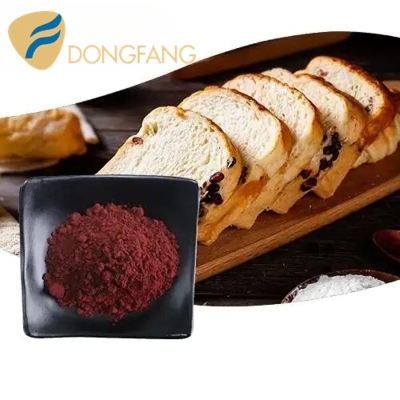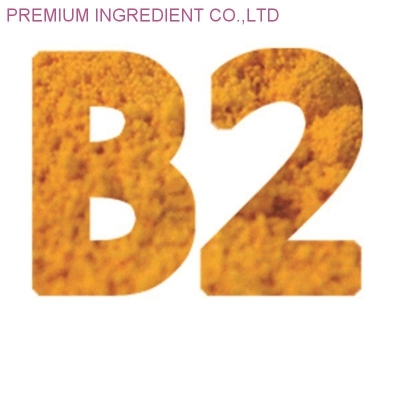-
Categories
-
Pharmaceutical Intermediates
-
Active Pharmaceutical Ingredients
-
Food Additives
- Industrial Coatings
- Agrochemicals
- Dyes and Pigments
- Surfactant
- Flavors and Fragrances
- Chemical Reagents
- Catalyst and Auxiliary
- Natural Products
- Inorganic Chemistry
-
Organic Chemistry
-
Biochemical Engineering
- Analytical Chemistry
- Cosmetic Ingredient
-
Pharmaceutical Intermediates
Promotion
ECHEMI Mall
Wholesale
Weekly Price
Exhibition
News
-
Trade Service
Sodium morrhuate is a white, crystalline solid that is commonly used as a surfactant in various industrial applications.
It is synthesized by a multi-step process that involves the reaction of various chemicals.
The synthetic routes of sodium morrhuate can be broadly classified into two categories: the acid-base reaction route and the Claisen condensation route.
The Acid-Base Reaction Route:
The acid-base reaction route is the most commonly used method for the synthesis of sodium morrhuate.
The process involves the reaction of a fatty acid with sodium hydroxide, followed by a neutralization step using a strong acid.
The reaction is carried out in several steps, as shown below:
- Preparation of fatty acid: A fatty acid is prepared by the hydrolysis of fats or oils.
This can be done using various methods, such as hydrolysis with water or acid. - Neutralization: The fatty acid is then neutralized using sodium hydroxide.
This reaction results in the formation of an oil, which contains a mixture of sodium soaps. - Extraction: The oil is then extracted with a solvent, such as ether or dichloromethane, to separate the sodium soap from the impurities.
- Crystallization: The sodium soap is then crystallized by evaporating the solvent and cooling the residue.
The crystals are collected and dried to obtain sodium morrhuate.
The Claisen Condensation Route:
The Claisen condensation route is an alternative method for the synthesis of sodium morrhuate.
In this route, a fatty acid chloride is reacted with sodium hydroxide in the presence of water.
The reaction is carried out in several steps, as shown below:
- Preparation of fatty acid chloride: A fatty acid is chlorinated using chlorine gas or hydrochloric acid to form a fatty acid chloride.
- Neutralization: The fatty acid chloride is then neutralized with sodium hydroxide in the presence of water.
This reaction results in the formation of a soap solution. - Extraction: The soap solution is then extracted with a solvent, such as ether or dichloromethane, to separate the sodium soap from the impurities.
- Crystallization: The sodium soap is then crystallized by evaporating the solvent and cooling the residue.
The crystals are collected and dried to obtain sodium morrhuate.
Advantages and Limitations of Synthetic Routes:
The synthetic routes of sodium morrhuate have their advantages and limitations.
The acid-base reaction route is relatively simple and inexpensive, and can be easily scaled up.
However, it generates a large amount of waste, as the neutralization step uses a strong acid.
In addition, the resulting sodium morrhuate may have a low purity, as it contains impurities such as water and mineral salts.
The Claisen condensation route is more environmentally friendly, as it generates less waste than the acid-base reaction route.
In addition, the resulting sodium morrhuate has a higher purity, as it does not contain impurities such as water and mineral salts.
However, the Claisen condensation route is more complex and expensive than the acid-base reaction route.
Applications of Sodium Morrhuate:
Sodium morrhuate is widely used as a surfactant in various industrial applications.
It is used in the manufacture of personal care products, such as shampoos and soaps, as it provides excellent foaming and wetting properties.
It is also used in the manufacture of detergents, as it enhances the cleaning power and reduces the surface tension of the solution.
In addition, it is used







